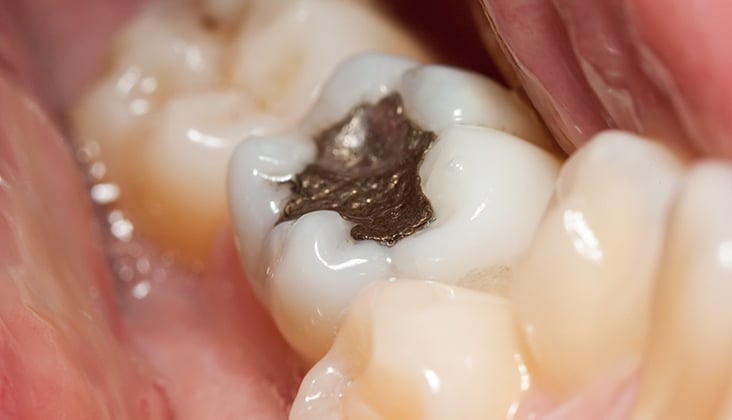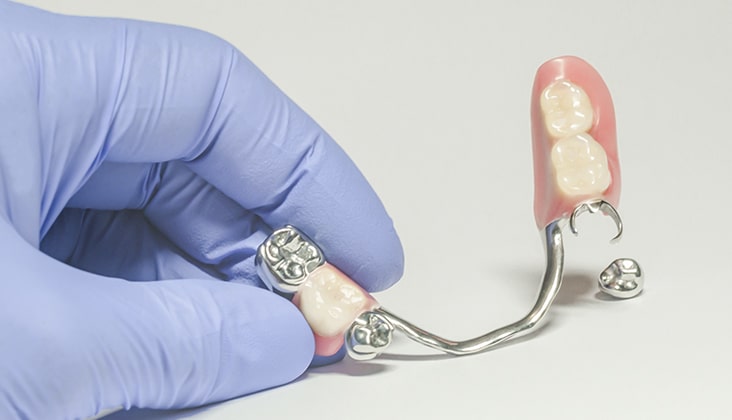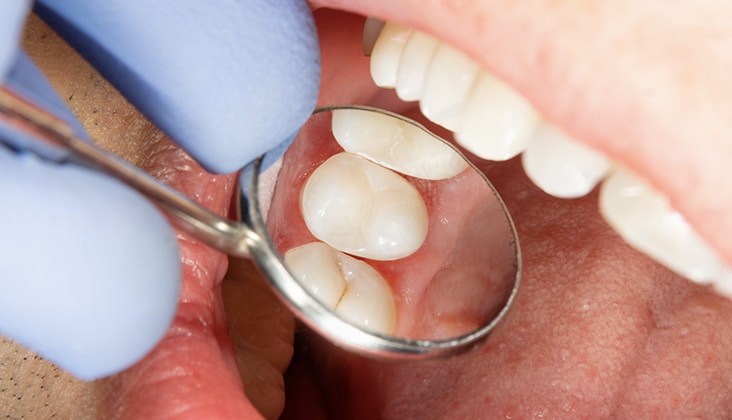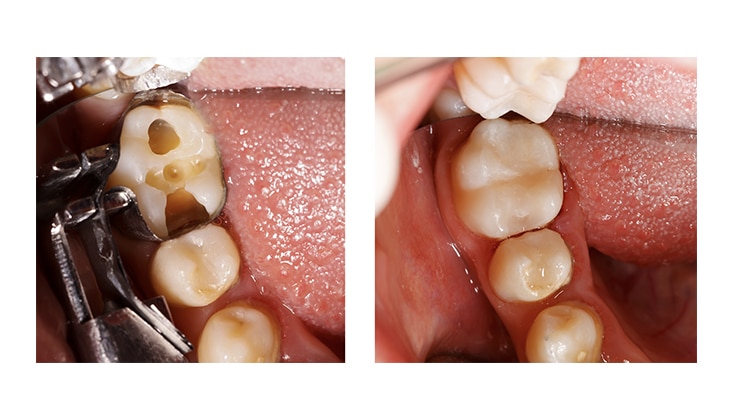What Are the Alternatives to Dental Amalgam?
Amalgam has been used in dentistry for more than 165 years. Almost since its inception, the use of dental amalgam has been controversial.

Amalgam has been used in dentistry for more than 165 years. Almost since its inception, the use of dental amalgam has been controversial. This is because it is composed of mercury, which has significant side effects with high levels of exposure. According to the United States Environmental Protection Agency (EPA), mercury can cause loss of peripheral vision; impaired speech, hearing, and gait; and muscle weakness. However, past studies have consistently proven that the levels of mercury in amalgam do not cause negative health effects and that it is a safe restorative material. Results of studies with large patient samples showed no correlation between a patient’s health risk and how many dental amalgam restorations were present.
Photo Credit: AndreyPopov / iStock / Getty Images Plus

Health Consequences for Oral Health Professionals
Recently, research has investigated whether the presence of mercury in amalgam has negative health consequences for oral health professionals. Dental professionals are repeatedly exposed to amalgam restorations during both placement and removal. One study surveyed dental assistants who had been practicing since 1970 and were exposed to amalgam restorations. The study reported that, in comparison to a control group, the dental assistants experienced a higher occurrence of neurological symptoms, including memory problems, difficulty concentrating, fatigue, and sleep disturbances. While the majority of the control group did not report these signs, high-quality research is still needed to demonstrate causality.
Photo Credit: icefront / iStock / Getty Images Plus

Environmental Repercussions
In large quantities, mercury is harmful not only to humans, but also to the environment. The toxic environmental effects of dental amalgam, which contains mercury, must be considered. According to the EPA, dentists are releasing approximately 5.1 tons of mercury waste each year and serve as the main source of discharge into the environment through publicly owned treatment works, which are essentially government-owned sewage facilities.
Photo Credit: Vladyslav Senchenko / iStock / Getty Images Plus

Additional Options
Esthetically pleasing composites, resin ionomers, glass ionomers, ceramic inlays, onlays, and gold alloys serve as alternatives to dental amalgam. For the clinician, the decision is typically based on longevity, while a patient may prioritize cost-effectiveness. Studies have shown that gold restorations have excellent longevity—even more so than dental amalgams—but amalgams are still 3.8 times more cost-effective than a gold crown. Ceramic inlays have a 98% probability of survival over a 7-year period. Glass ionomer restorations also release fluoride, which may be beneficial to particular patient populations. However, the leading cause of glass ionomer restoration failure is secondary caries.
Photo Credit: undefined undefined / iStock / Getty Images Plus

Increasing Bond Strength
With the growing popularity of composite restorations, it is clear they are here to stay. However, their increased risk of failure presents a conundrum. Some studies note the location of the bonding agent as a point of weakness and suggest that a more durable anticariogenic dentin adhesive needs to be developed in order to increase composite’s longevity. Other researchers state that additional training for dentists is necessary so they can repair imperfect restorations. Modified silver amalgam compound may be used to help eliminate the free mercury in amalgam restorations. According to the US Food and Drug Administration (FDA), current dental amalgams contain 50% mercury. By creating a compound containing a smaller percentage of mercury, the presence of unbound mercury may be eliminated. More research is needed on the subject.
Photo Credit: Lighthaunter / iStock / Getty Images Plus

What Dental Hygienists Need to Know
Dental hygienists should understand the benefits of each type of restorative material so they can best advise their patients. Patients also need instruction on proper self-care in order to support longevity of their restoration. In 2005, more than half of the restorations placed in the US were replacements for failed restorations. Using proper in-office fluoride treatments, such as 5% sodium fluoride varnish, 1.23% acidulated phosphate fluoride, stannous fluoride, and others, can also help to prevent decay. Dental hygienists need to ensure their patients have all of the facts necessary to make informed decisions on their current and future dental needs.

